



- Visualization
- Portfolio Mgt. & Control
- Development Kanban
- Requirement Kanban
- Pharmaceutical Kanban
- New Car Creation Kanban
- Architectural Kanban
- Bank System Kanban
- Big Business PMO
- Multi-project Mgt.
-
Leverage your productivity with new drug development project Kanban. Visually manage the complexity of new drug development
The development of a new drug takes 12-15 years on average, and it has to go through steps such as discovery and development, preclinical research, clinical development, review by the Food and Drug Administration, and post-market safety monitoring by the Food and Drug Administration. New drug development project Kanban is the best tool to manage the complexity of new drug development.
New drug development projects must go through several stages in order to produce safe, effective products that meet all regulatory requirements.
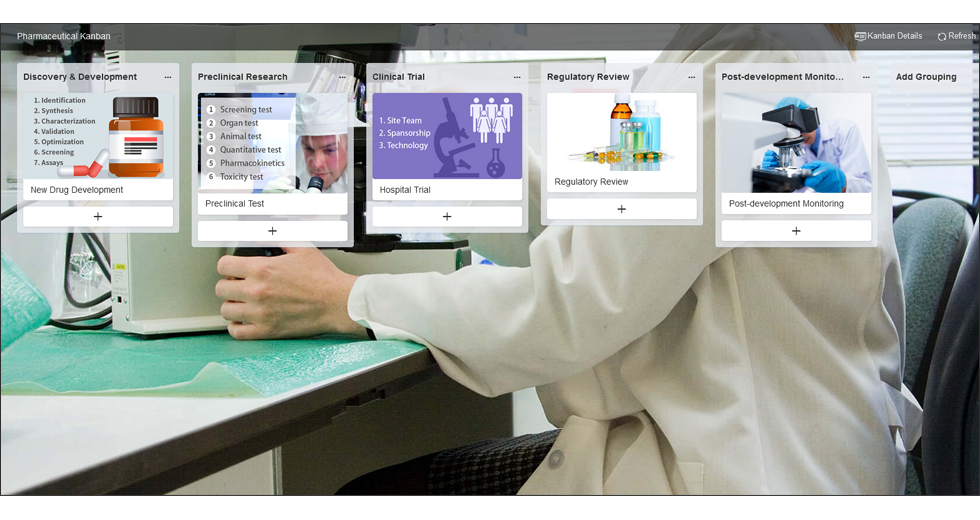
Kanban provides visibility for you to monitor the details of each stage of drug development.
-
Use a pharmaceutical Kanban to respond.Challenges of target identification, animal models, clinical testing and regulatory procedures for new drug development
New drug development is a long, complicated and expensive process, and it is a deep-rooted factor that determines the success of a drug. The pathophysiology of many neurological diseases is still unclear, making target recognition challenging. Animal models often cannot generalize the entire disease. The increase in phenotypes and endo types can alleviate the challenges associated with patient population heterogeneity. The increased emphasis on human data may lead to improved target recognition and verification. Make full use of pharmaceutical visualization, process discipline and data integrity to manage this long, complex, and expensive process.
The Kanban board created based on the pharmaceutical project template can help you during the drug development phase:
Discovery -- Start with target recognition and select the biochemical mechanism involved in the disease condition. Test the interaction of drug candidates with drug targets discovered in academic and pharmaceutical/biotech research laboratories. Each potential drug candidate has as many as 5,000 to 10,000 molecules through a rigorous screening process, which may include functional genomics and/or proteomics and other screening methods. Once scientists have confirmed the interaction of the candidate drug with the drug target, they usually check the activity and the disease condition for which the drug was developed to verify the target. After careful review, choose one or more lead compounds.
Product characteristics -- when a candidate molecule shows promise for treatment, it must be characterized-the size, shape, strengths and weaknesses of the molecule must be determined, and the optimal conditions for maintaining function, toxicity, biological activity and bioavailability must be determined. The characterization study will conduct the development and verification of analytical methods. Early pharmacological research helps characterize the potential mechanism of action of the compound.
Formulation, delivery, packaging development -- drug developers must design a formulation to ensure proper drug delivery parameters. It is critical to start clinical trials at this stage of the drug development process. Before or even after the final approval of the drug, the formulation and delivery method of the drug can be continuously improved. Scientists can determine the stability of the drug in the formulation itself and in all parameters related to storage and transportation (such as heat, light, and time). The formulation must remain effective and sterile, and must also remain safe (non-toxic), and may also require research on leachables and extractables on the container or packaging.
Pharmacokinetics and drug disposal -- Pharmacokinetic (PK) and ADME (absorption/distribution/metabolism/excretion) studies provide useful feedback for formulation scientists. The parameters derived from the PK study include AUC (area under the curve), Cmax (maximum concentration of the drug in the blood), and Tmax (time to reach Cmax). Then, compare the data from the animal PK study with the data from early clinical trials to check the predictive ability of the animal model.
Pre-clinical toxicology testing and IND application -- Pre-clinical testing analyzes the biological activity, safety and efficacy of the formulated pharmaceutical products. This test is critical to the ultimate success of the drug, so many regulatory agencies review it. In the pre-clinical stage of the development process, prepare clinical trial plans and new drug research (IND) applications. Research conducted in the preclinical phase should be designed to support subsequent clinical research.
Bioanalytical testing -- Bioanalytical laboratory work and bioanalytical method development support most other activities in the drug development process. Bioanalytical work is the key to correct molecular characterization, assay development, development of the best method for cell culture or fermentation, determination of process yield, and quality assurance and quality control for the entire development process. This is also essential to support pre-clinical toxicology/pharmacology testing and clinical trials.
Clinical trials -- PBLs bioanalysis team can support clinical trials. Clinical research is divided into three types or stages according to its goals:
Phase I clinical development (human pharmacology) -- 30 days after the biopharmaceutical company submits the IND, unless the FDA temporarily suspends the study, it may start a small phase I clinical trial. Usually in healthy volunteers, phase I studies are used to evaluate pharmacokinetic parameters and tolerability. These studies include initial single-dose studies, dose escalation and short-term repeated dose studies.
Phase II clinical development (therapeutic exploration) -- Phase II clinical study is a small trial designed to evaluate the initial efficacy and side effects of the drug in 100 to 250 patients. Other safety and clinical pharmacology studies are also included in this category.
Phase III clinical development (therapeutic confirmation) -- Phase III studies are large-scale clinical trials of safety and effectiveness for a large number of patients. While conducting the third phase of research, it also prepares for the submission of the "Biologics License Application" (BLA) or "New Drug Application" (NDA). The FDAs Center for Biologics Evaluation and Research (CBER) is currently reviewing the BLA. The Center for Drug Evaluation and Research (CDER) reviewed the NDA.
Drug Administration Review -- The Drug Administration Review Team thoroughly inspects all submitted data related to the drug or device and decides whether to approve it or not.
Post-market safety monitoring by the Drug Administration -- Once the product is available for public use, the Drug Administration will monitor the safety of all drugs and equipment.


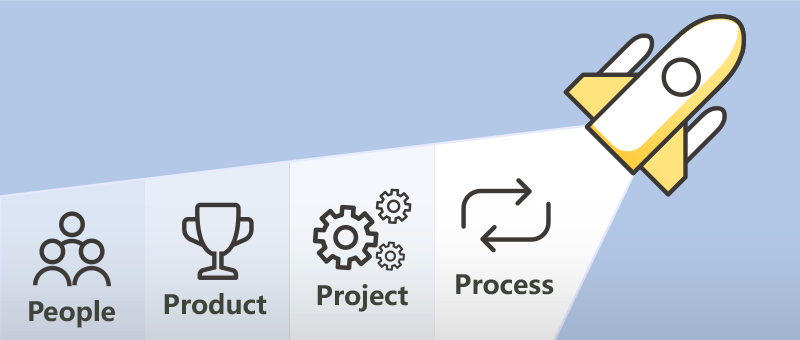
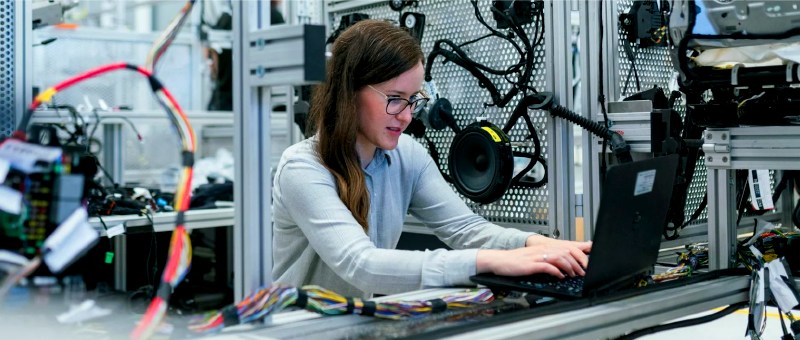










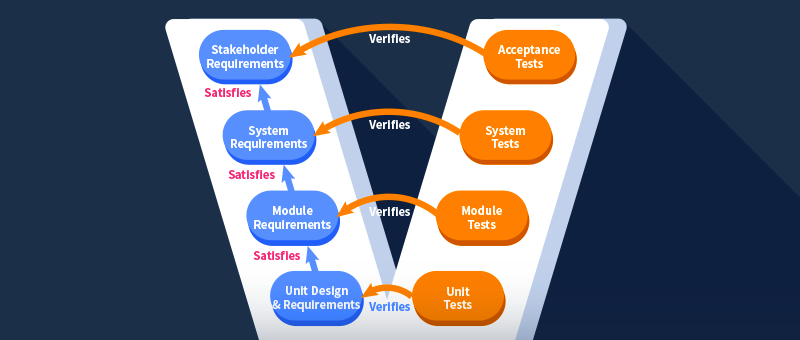


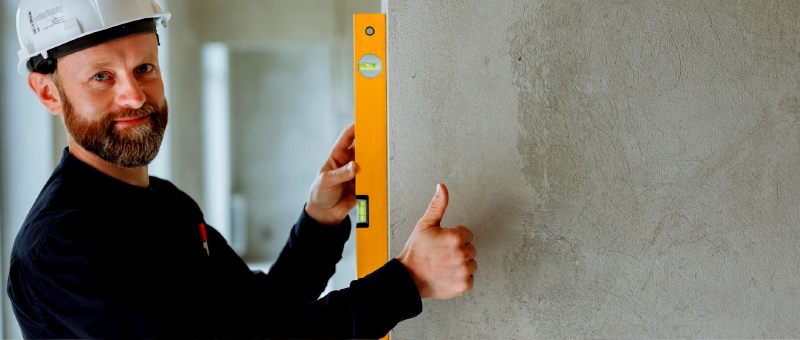































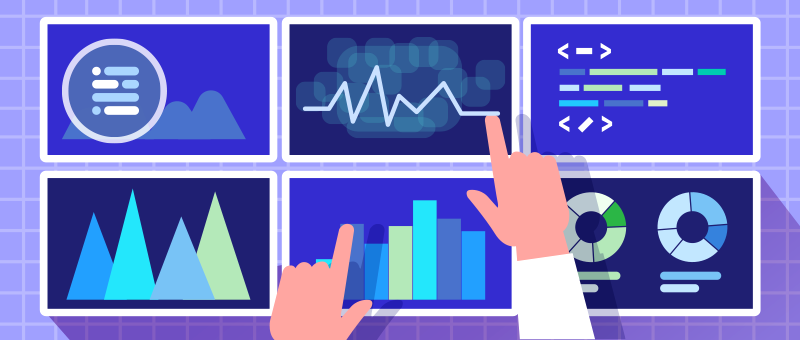




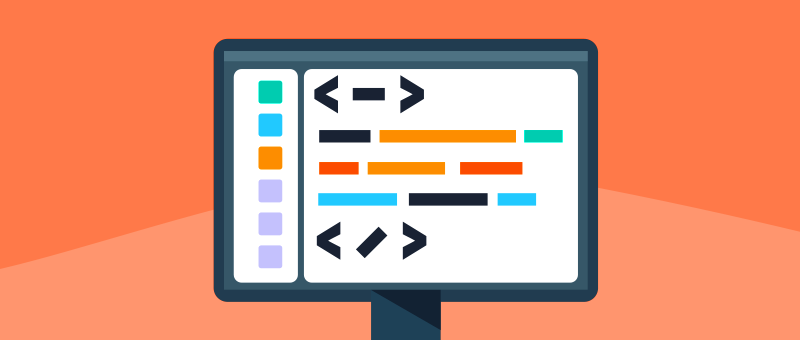



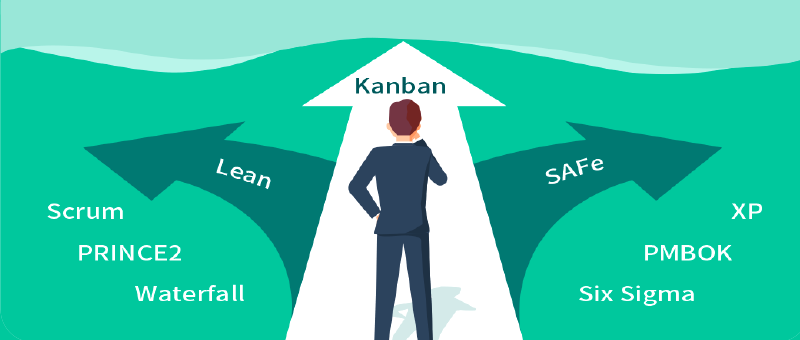



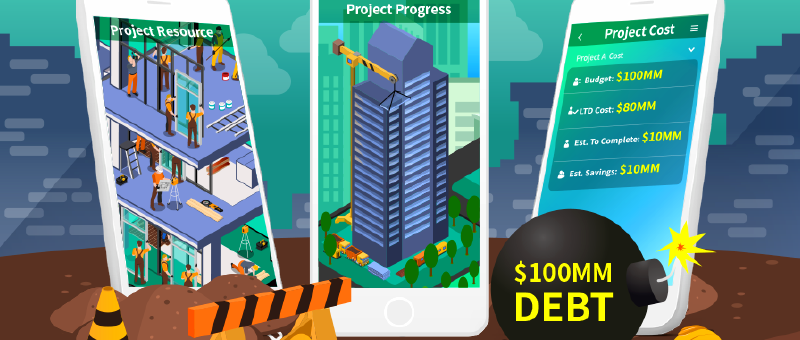








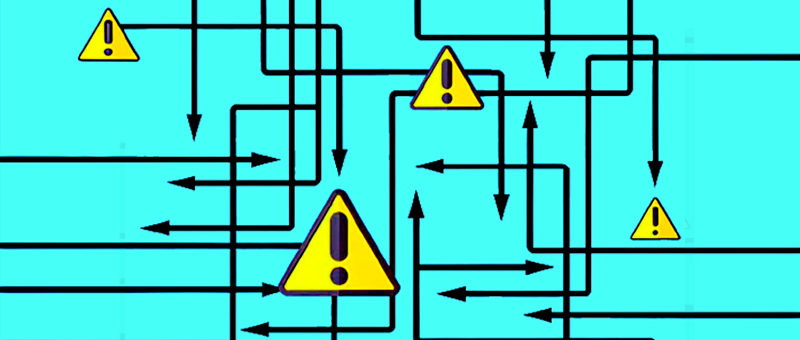














 Back
Back  MAIL TO ME
MAIL TO ME





